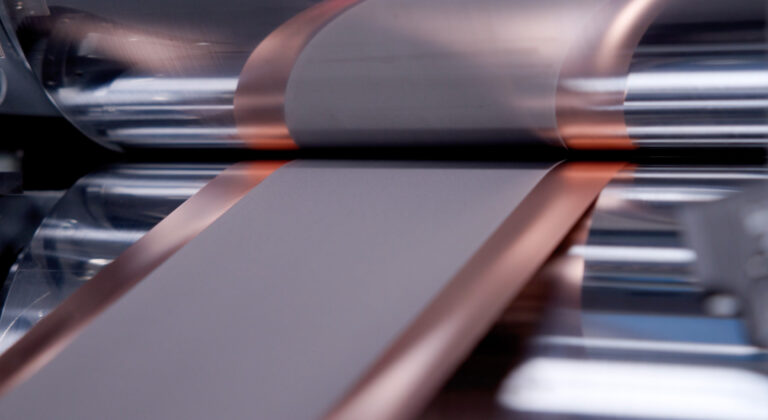BASF, a chemical innovation company, and Group14 Technologies, a manufacturer of advanced silicon battery materials, have announced a market-ready, performance-improving silicon battery solution using commercially available materials – BASF’s Licity 2698 X F binder and Group14’s advanced silicon battery material, SCC55, providing what the companies term “a robust cycle life and transformational performance”.
BASF and Group14 say that the solution enhances the performance of batteries with silicon-dominant anodes, delivering faster charging and higher energy density with extreme durability, even in the most challenging conditions. Under standard conditions at room temperature, test cells typically exceed 1,000 cycles with 80% of capacity remaining. However, at a temperature of 113°F (45°C), these cells still achieved over 500 cycles while providing nearly four times the capacity of a traditional graphite anode.
“The future of energy storage powered by silicon batteries is here, and our collaboration with BASF is driving mainstream adoption at unprecedented speed,” said Rick Luebbe, CEO and co-founder of Group14 Technologies. “By combining technologies, we are giving battery manufacturers the power to deliver high-performance, scalable silicon batteries faster than ever to help meet today’s soaring energy needs.”
“Silicon is now an attractive technology without the limitations of the past,” said Dr Dirk Wulff, global technical battery binder manager at BASF. “By combining our expertise, we achieved an anode cell chemistry that not only meets but exceeds industry requirements.”
“Strong and capable lithium batteries are crucial for electric mobility’s mass adoption. Our BASF dispersions business provides Licity binders that push this technology further,” said Prof. Dr Thomas Schiele, vice president in charge of BASF’s battery binder business in EMEA.
In related news, Hofer Powertrain has developed a battery module using next-generation lithium-sulfur cells from project partner Lyten that, according to Hofer’s projections, will enable energy densities twice that of lithium-ion, and therefore a wider range of low and high temperature performance. Click here to read the full story


